An excerpt from my new Substack newsletter. You can find the whole episode here: https://open.substack.com/pub/carlbmenger/p/what-the-heck-is-inflation?r=cvmtq&utm_medium=ios&utm_campaign=post
In this episode, we discuss inflation, well more specific the impact of monetary expansion on the general price level because there is a lot of confusion on this subject. I try to create clarity in this episode. So let’s dive in.
Unfortunately, a lot of terms are mixed up in the current debate about rising prices and inflation. This is bad, because linguistic desensitisation prevents us from recognising cause and effect and subsequently makes it difficult to solve the causal problem.
Instead, inadequate measures such as price controls and nationalization are often called for to combat the wave of price increases, while inflation continues to be stoked in the background. In particular, it is crucial to distinguish between inflation and price increases, which are unfortunately considered synonymous in today's discussion.
Inflation
“Inflation (Latin: „īn-flāre“; inflate, swell) is an increase in the quantity of money and credit. Full stop.”
First and foremost: The general term inflation is NOT defined as rising prices, like the media and central banks propagate. Moreover, for them, inflation is primary the rising prices of things people buy day by day, which they call Consumer Price ‘Inflation’ (CPI). But, as we will see, inflation is and has always been the expansion of the money supply, nothing more than the voluntary act of central banks to increase the amount of money in an economy.
Common jargon confuses the effect for the cause. Expanding the money quantity is inflation, the rising price level (commonly called ‘price inflation’), is in reality a devaluation of the currency and the effect of monetary expansion over a longer period of time. Thus, the bottom line is:
“Inflation is a political engineered increase in the money supply.”
Rising prices therefore do not equal inflation, although inflation in the classical sense can have a major impact on “prices”, as we will see. But first, it is very important to distinguish between increasing prices of some things, which is usually referred to as Consumer Price ‘Inflation’ (CPI), and the increase of the general price level of all things as an aggregate.
Consumer Price ‘Inflation’
A widely used price index is the CPI, an index which tries to reflect changes in the prices of goods and services typically purchased by consumers. When the media reports on the rate of inflation, it usually cites a figure calculated using the CPI. This flawed concept aggregates fundamentally different goods and services, adding them up and then calculating an "average price" from it.
On the one hand, this measure does not take into account changes in the quality of goods and services. On the other hand, the government can have a great influence on the basket of goods and services used for the calculation by determining which products and services are inside the basket. In this process, higher quality products are regularly exchanged for lower quality products, thus manipulating the CPI rate significantly over time.
The General Price Level
For this reason, we “Austrians” look at prices as an aggregate which is mathematically determined by the total amount of money that is available for spending in a given period of time (Money Quantity x Money Velocity), in relation to the total supply of all real values which are available for purchase with money in that period of time. The law of determining an aggregate price level is the following:
Price level = (Money Quantity x Money Velocity) : (Supply of all real Goods)
This means, that the aggregate price level moves in direct proportion to the quantity and the velocity (the frequency at which one unit of currency is used to purchase goods and services within a given time period) of money. It moves in inverse proportion to the aggregate supply of all real values.
If the money supply increases by let’s say 30% (2020–2022), while the supply of values and velocity of money remain constant, the general price level tents to rise in the direction of +30%. Of course, this is a strong simplification, because either velocity could go down or the supply of all real values could go up, and thus having a dampening or reinforcing effect on the general price level.
However, this does not change the fact that the direction of the general price level is determined by the underlying money supply. The original increase of the money supply, often temporarily masked by a reduction of money velocity, was what set the equilibrium level of prices higher than their actual level and thus created the inflationary bias. The difference between the actual price level and the higher equilibrium price level is the unrealized depreciation of a currency, and the living process of working upward from the lower to the higher is inflation.
The direction of the equilibrium level and the breadth of the gap indicates which way prices must move and how far at a maximum, but not necessarily when or how fast. Therefore, it is the underlying money demand available which dictates to buyers and sellers the way their prices must go and where they must arrive, leaving it to them to decide when and at what speed they will accompany one another to that point.
Nonetheless, the root of the price increase is and remains the original monetary expansion: You can’t just increase the money supply many times over and assume that there would be no consequences. Why should money not be subject to the laws of supply and demand? An increasing supply with simultaneously unchanged or falling demand leads to falling purchasing power. Therefore, one thing is clear to representatives of the Austrian School of Economics:
“The more monetary units in circulation, the lower their quality is perceived to be.”
Let’s summarize it: First, the money supply increases, money velocity falls behind, and prices remain steady. Later, money velocity recovers, prices begin to rise, and equilibrium eventually returns to the level fixed by the original money supply expansion. Therefore, the money expansion is the cause, rising prices the effect and not vice versa.
That's it for now. Thanks for reading this episode. Feedback is always highly appreciated. I see you hopefully in the next one. Until then, remember: Education matters. ₿ critical, ₿ informed, ₿ prepared.
[link] [comments]

You can get bonuses upto $100 FREE BONUS when you:
💰 Install these recommended apps:
💲 SocialGood - 100% Crypto Back on Everyday Shopping
💲 xPortal - The DeFi For The Next Billion
💲 CryptoTab Browser - Lightweight, fast, and ready to mine!
💰 Register on these recommended exchanges:
🟡 Binance🟡 Bitfinex🟡 Bitmart🟡 Bittrex🟡 Bitget
🟡 CoinEx🟡 Crypto.com🟡 Gate.io🟡 Huobi🟡 Kucoin.


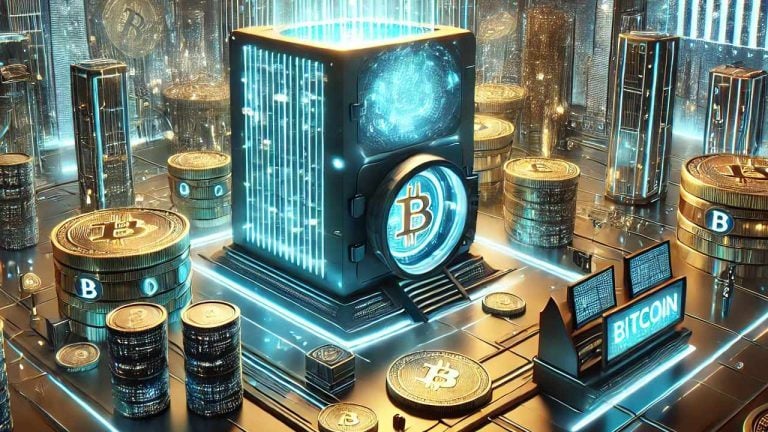
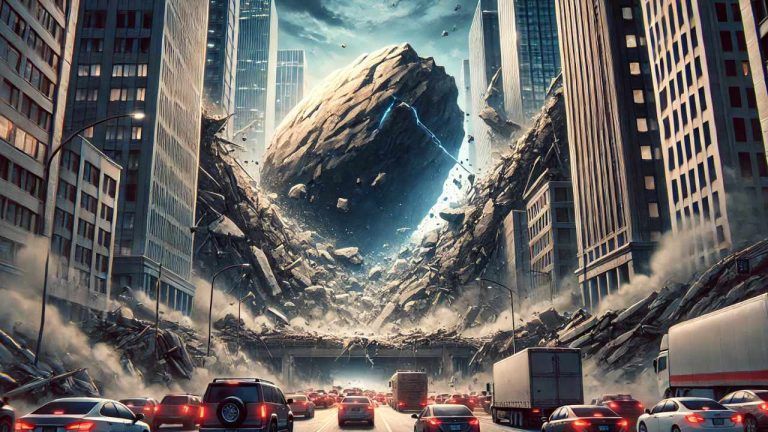

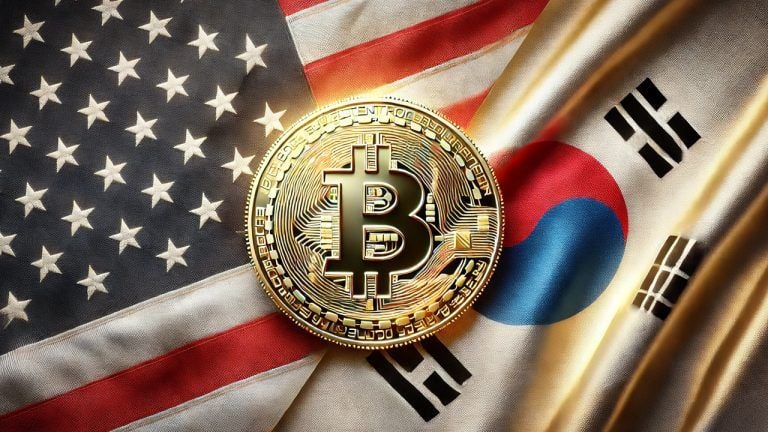
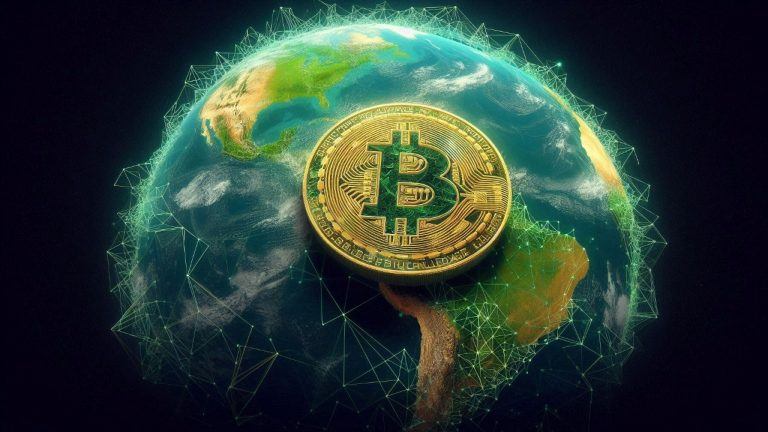
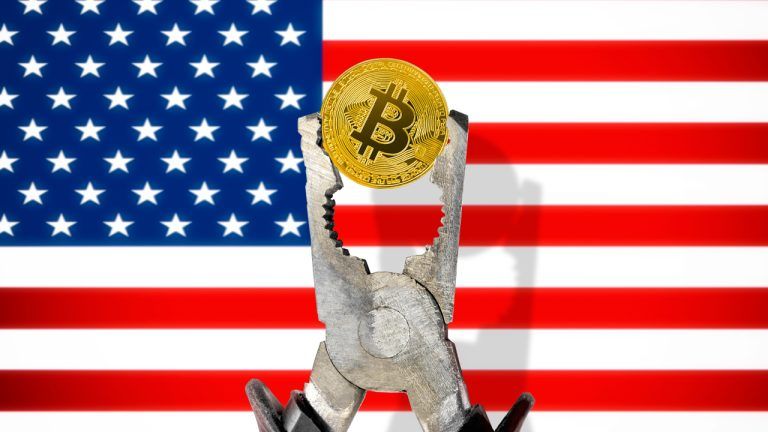


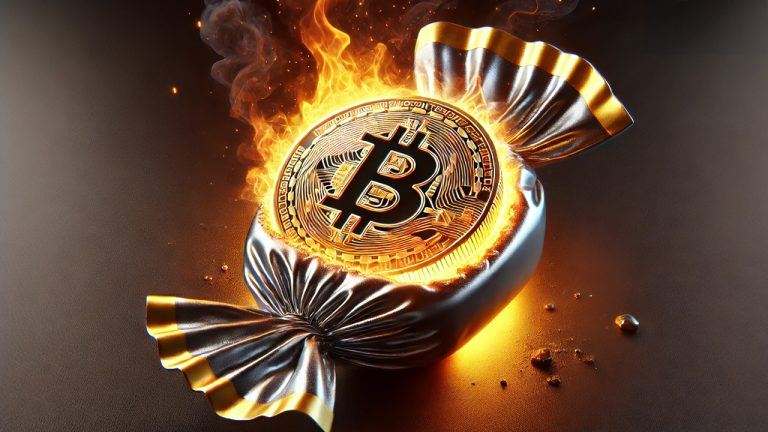
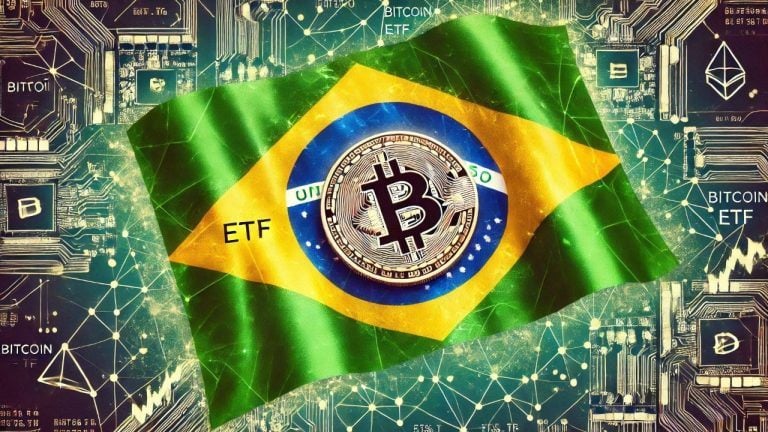



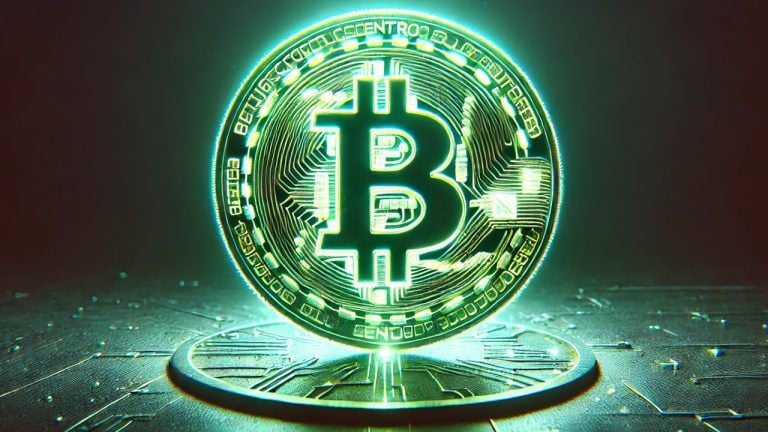

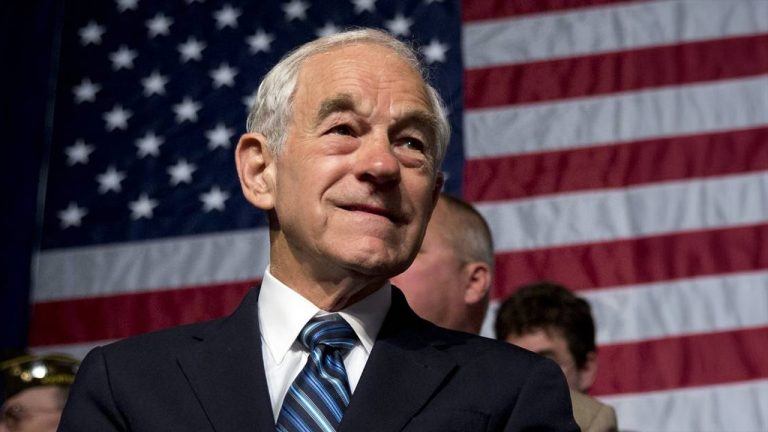
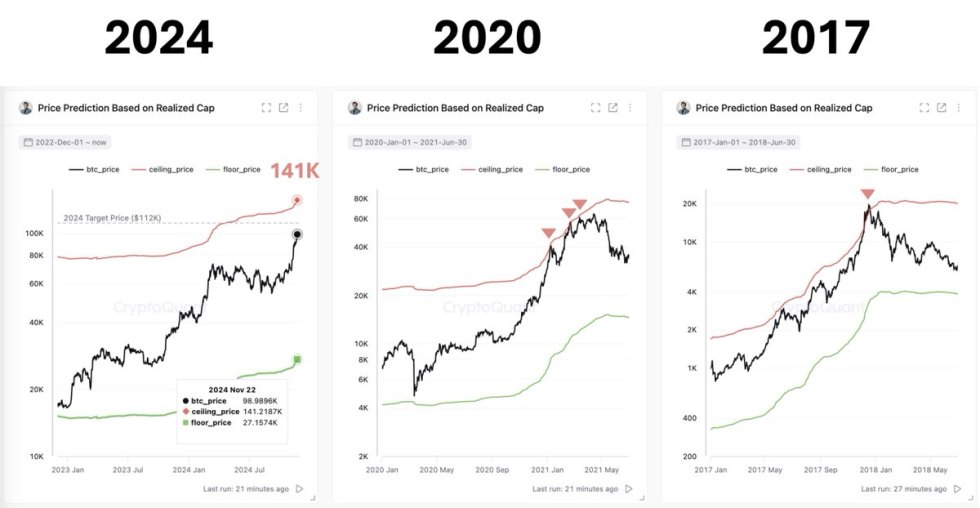
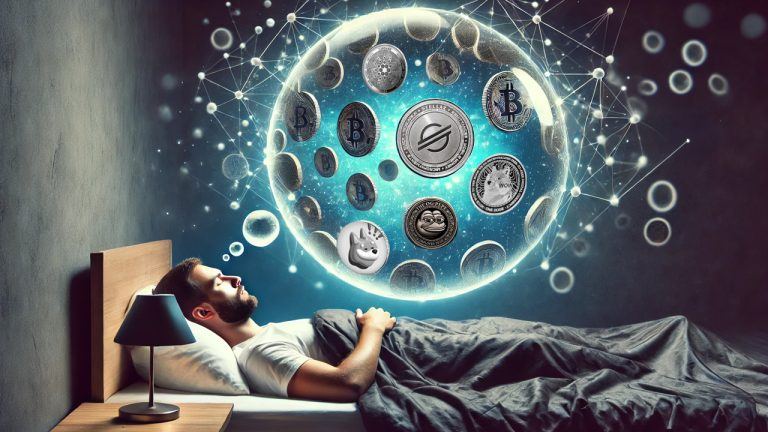
Comments